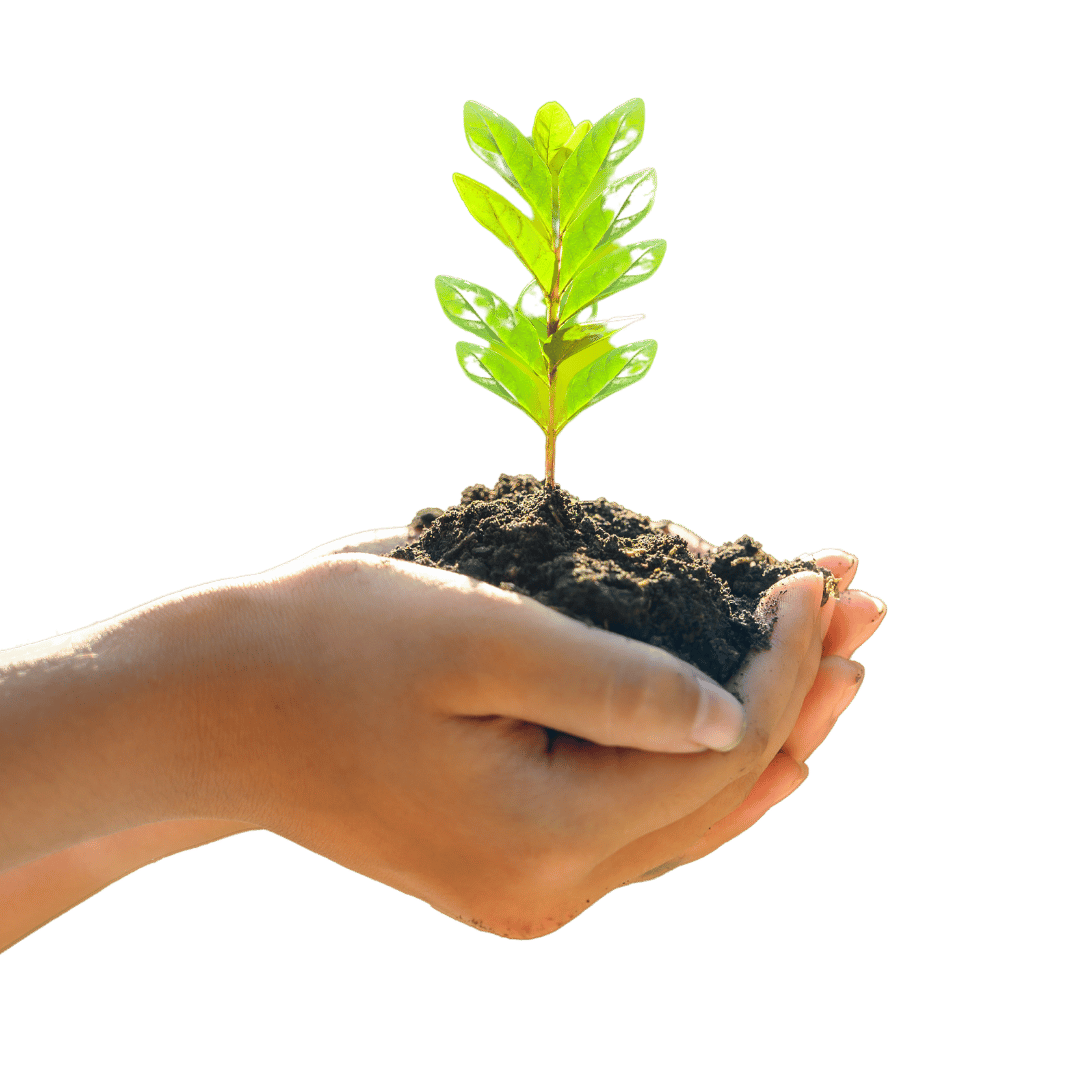Every April, communities around the globe come together to celebrate Earth Month—a time dedicated to honoring our planet and raising awareness about the environmental challenges we face. What began as a single day of action has grown into a month-long movement that encourages individuals, organizations, and governments to reflect on their impact and take meaningful steps toward sustainability. From local cleanups and conservation projects to global campaigns for climate action, Earth Month serves as a powerful reminder that every action counts when it comes to protecting our shared home.
At the Columbus Zoo and Aquarium:
- We’ve increased our waste diversion rate, the percentage of materials kept out of landfills—by an impressive 16.15%. Across all our parks, guests and employees have access to single-stream recycling bins that accept glass, aluminum, plastic, paper, cardboard, and metal.
- Our commitment to conservation extends beyond standard recycling efforts: we’ve contributed more than 2,400 cell phones to the Gorillas on the Line recycling program, helping raise awareness about the impact of coltan mining on gorilla populations. Since 2019, we’ve also recycled 25.7 tons of additional electronics, and since launching our Batt Patrol program in 2021, we’ve kept over 1,000 pounds of alkaline batteries out of landfills.
- Through a partnership with a local drainage company, we’ve diverted nearly 20,000 pounds of High Density Polyethylene (HDPE) plastic—now transformed into durable pipe materials expected to last over a century. And in a creative twist, our Animal Care team has given old event signage a second life by turning it into hammocks for orangutans and other Zoo residents.
- In 2024, we continued our commitment to responsible waste management by diverting a significant portion of our waste from landfills. Over the year, we composted 1,317.085 tons of organic and yard waste, which is equivalent to the combined weight of almost 300 adult Asian elephants. By turning all that material into nutrient-rich compost, we’re helping to close the loop and give waste a second life, all while supporting soil health and reducing greenhouse gas emissions. We recycled 257.085 tons of single-stream materials, equivalent to recycling over 13 million single use plastic water bottles. Lastly, we only sent 434.69 tons to the landfill. These numbers reflect our ongoing efforts to reduce our environmental impact and move closer to our sustainability goals.
Waste management is more than just sorting trash; it’s about rethinking our habits, reducing what we consume, and finding ways to give materials a second life. By continuing to improve our recycling efforts, support composting, and embrace creative reuse, we move closer to a future where less end up in landfills and more goes back into supporting a healthier, more sustainable world. Every effort counts, and together, we can make a lasting difference for the Earth.

What can you do from home?
Recycling at home is one of the simplest ways we can reduce our environmental impact but knowing where to start—or what actually goes in the bin—can sometimes feel overwhelming. With ever-changing guidelines and confusing packaging, it’s easy to make mistakes without realizing it. That’s why we’ve put together a list of practical tips and tricks to help you recycle more effectively right from your kitchen, office, or garage. A few small changes in your daily routine can go a long way toward keeping waste out oflandfills and giving valuable materials a second life.
Here are some simple ways to recycle smarter:
- Know What Your Local Program Accepts: Recycling rules vary by city or county. Check your local guidelines to see what goes in your bin—and what doesn’t.
- Keep It Clean and Dry: Give recyclables a quick rinse before tossing them in. Food residue can contaminate whole batches and send them to the landfill.
- No Plastic Bags in the Bin: Plastic bags can jam sorting machines. Recycle them separately at designated grocery store drop-offs.
- When in Doubt, Throw It Out: It’s better to toss something than risk “wishcycling” (putting non-recyclables in the bin in hopes they’ll be recycled).
- Flatten Boxes: Break down cardboard boxes to save space and make pickup easier.
- Skip the Shredded Paper: Shredded paper is too small to sort at most facilities. Consider composting it or using it for pet bedding or packaging.
- Recycle Electronics and Batteries Separately: These don’t belong in your curbside bin, but they can be recycled through special programs or drop-off events.
- Reuse First, Then Recycle: Before tossing something in the bin, think: can it be reused, donated, or repurposed?
- Label Your Bins: Make it easier for everyone at home by labeling recycling and trash bins clearly. Bonus: it helps guests too!
- Stay Updated: Recycling technology and guidelines evolve. Keep an eye out for local updates or seasonal recycling events.
By making a few mindful choices each day, we can all play a part in reducing waste and protecting the environment. Whether it's rinsing out containers, checking local recycling guidelines, or finding creative ways to reuse items, small actions at home add up to big results. Waste management isn’t just about what we throw away, it’s about thinking differently about the materials we use and how we dispose of them. With these simple tips and tricks, you’re not just recycling—you’re making a positive impact for your community and the planet.
Learn More About Sustainability at the Zoo Earth Day Events at the Zoo










